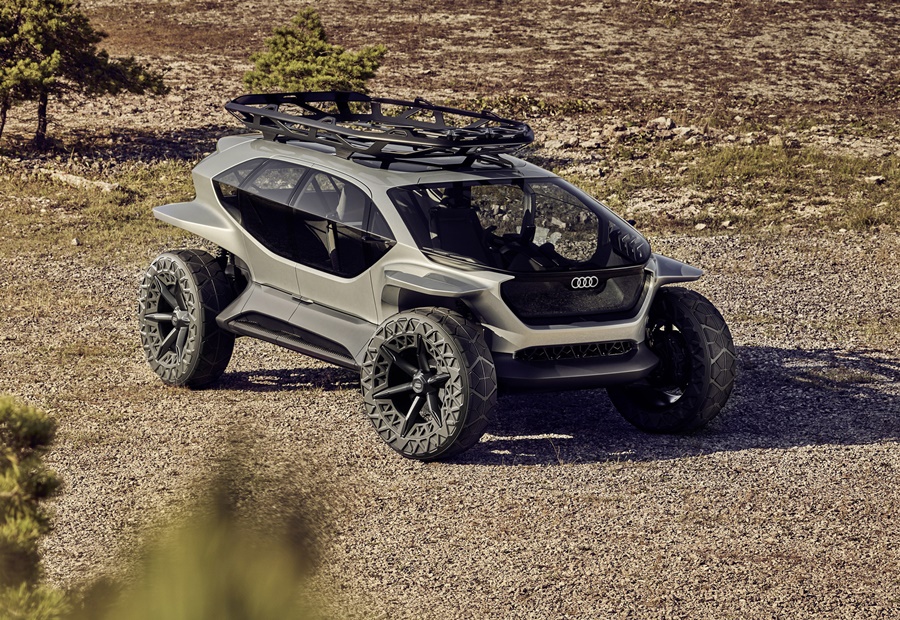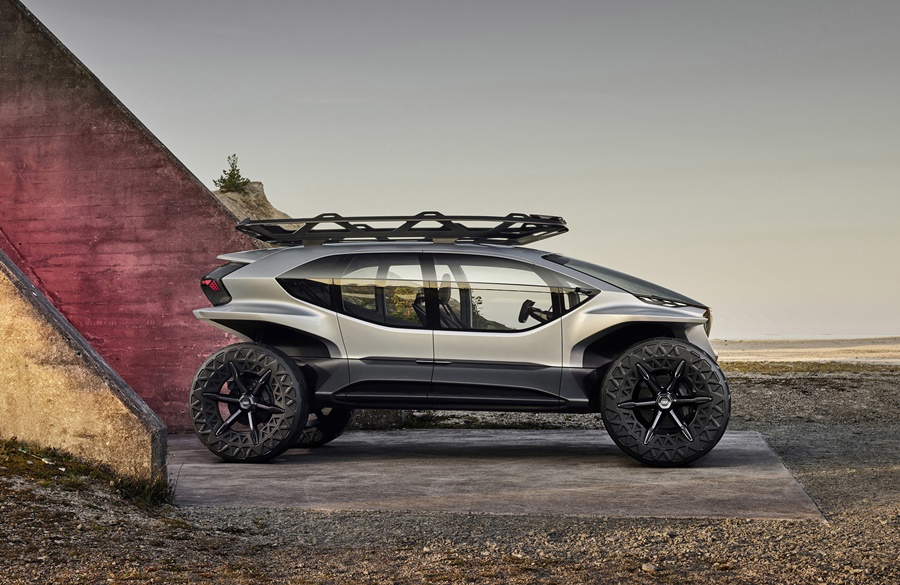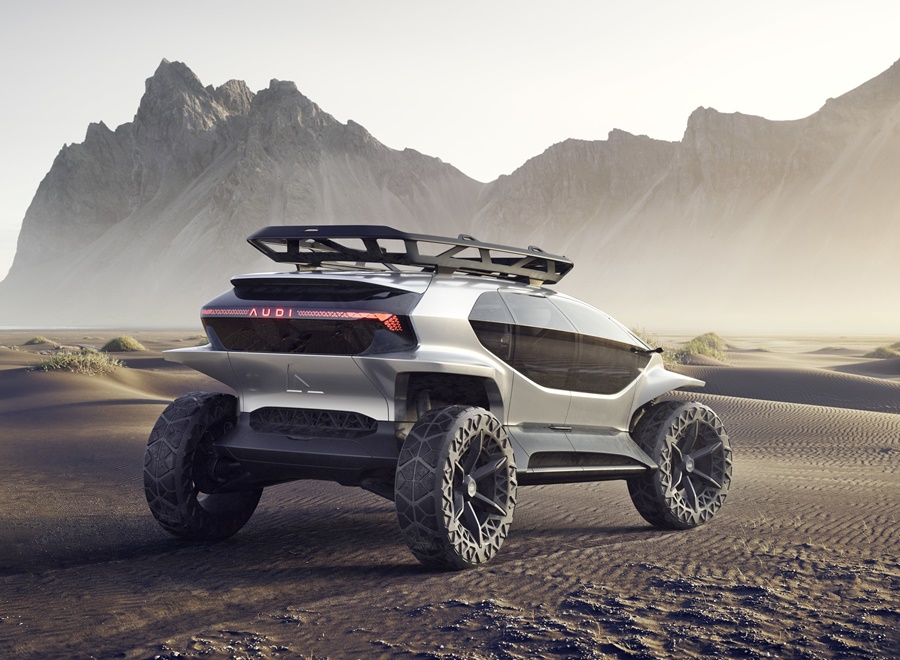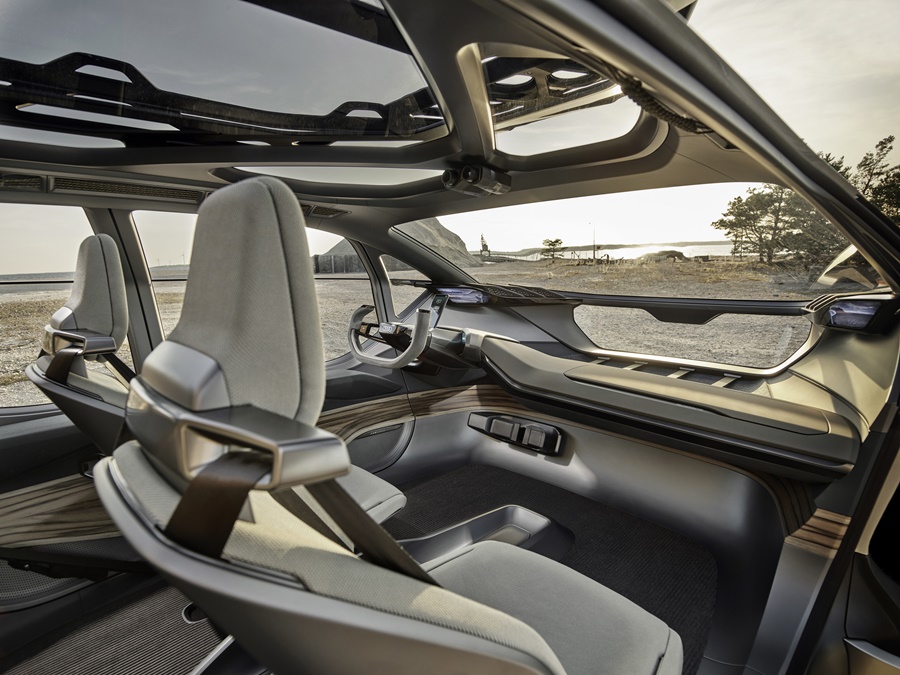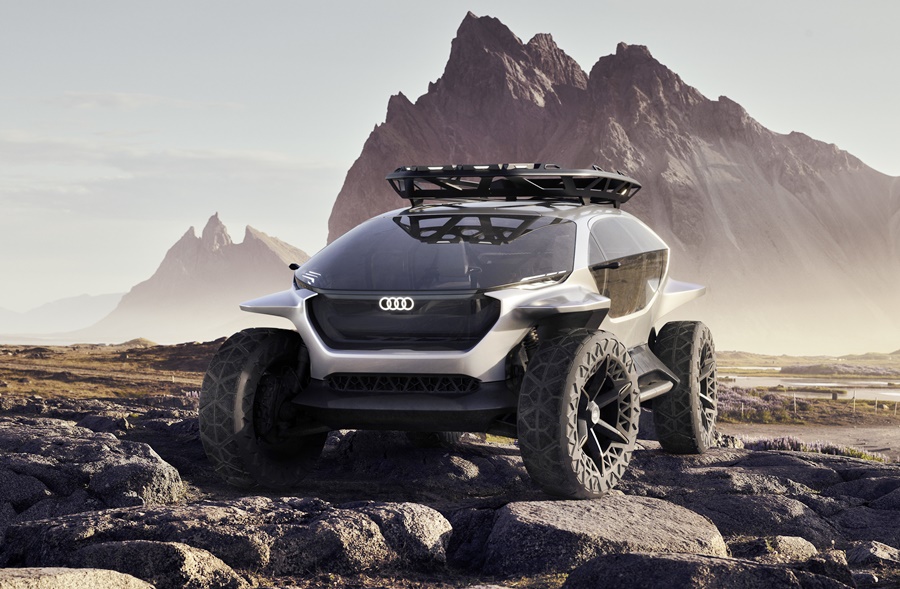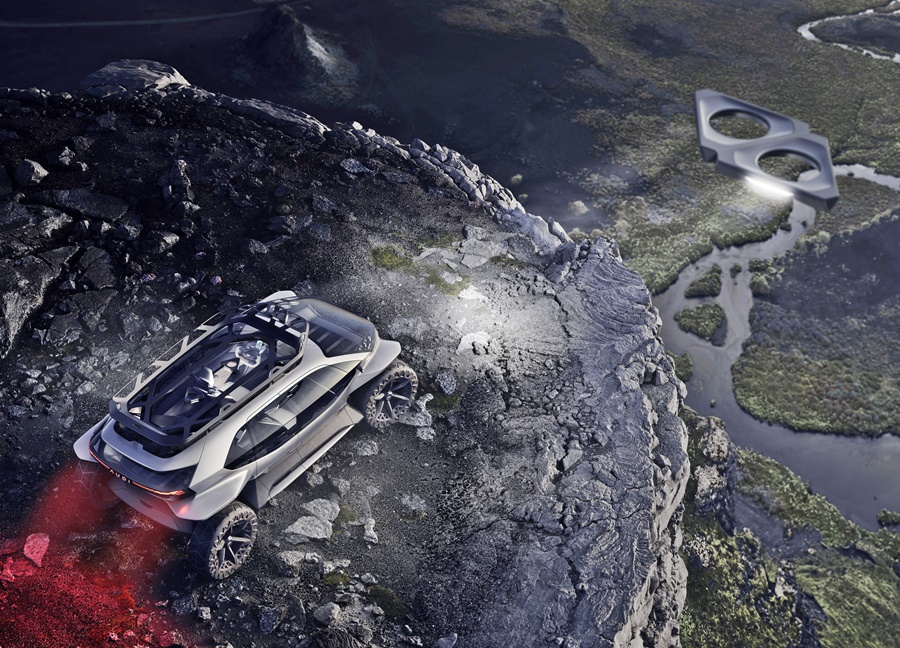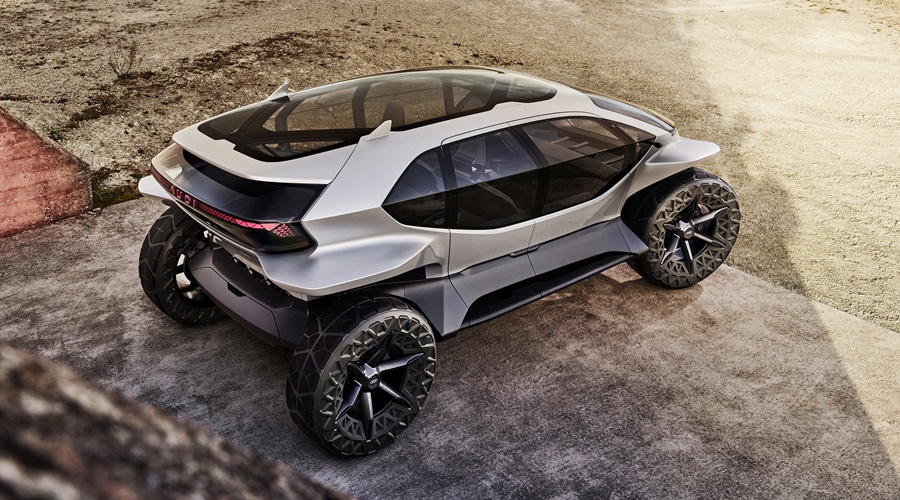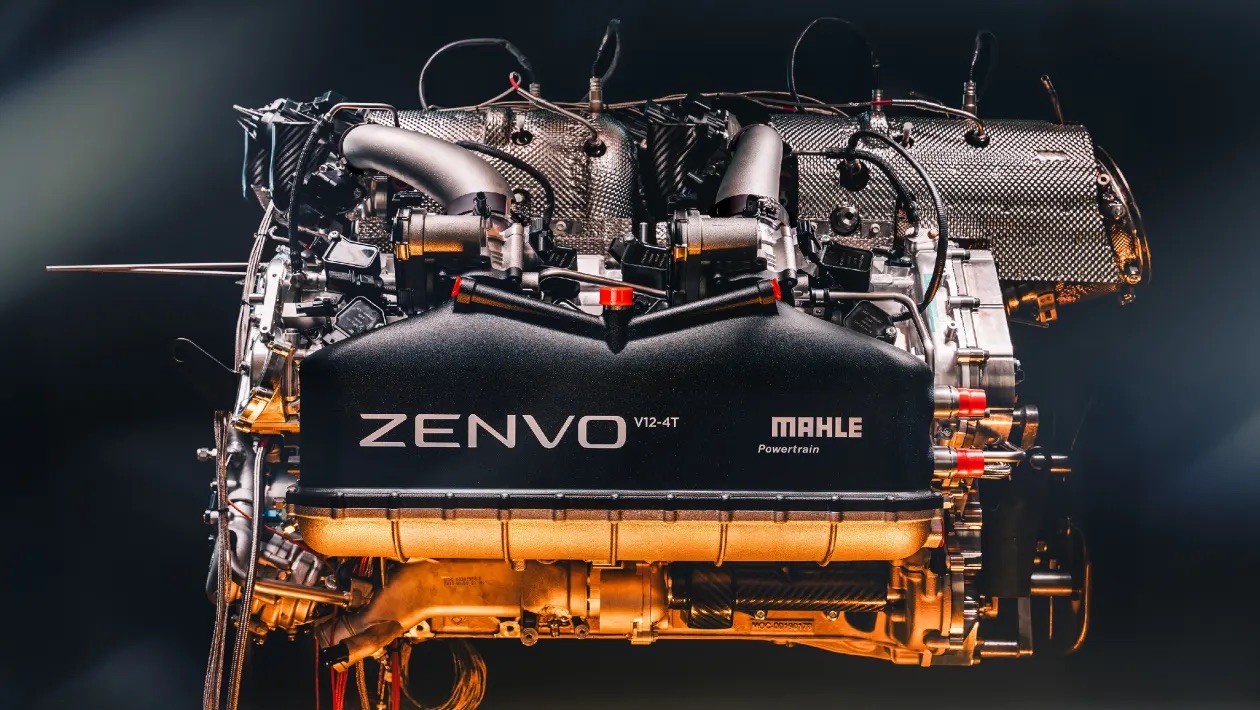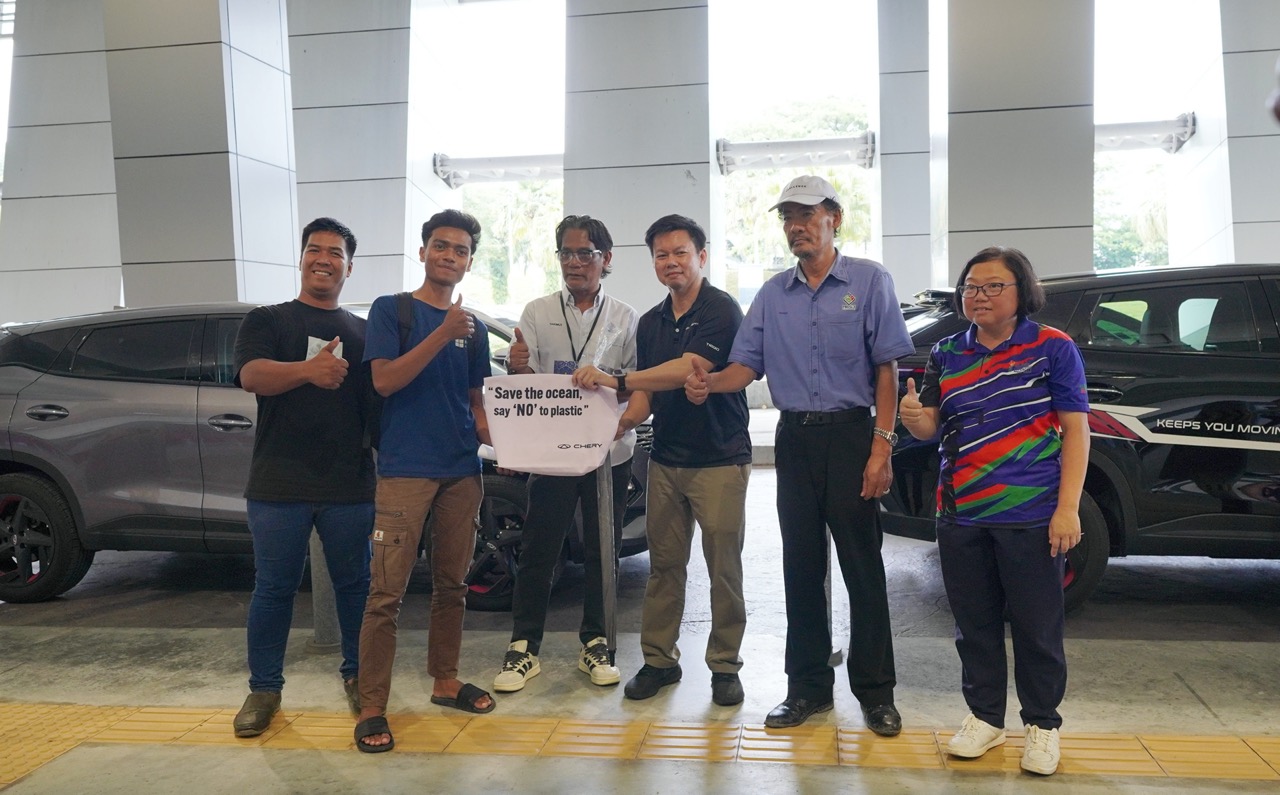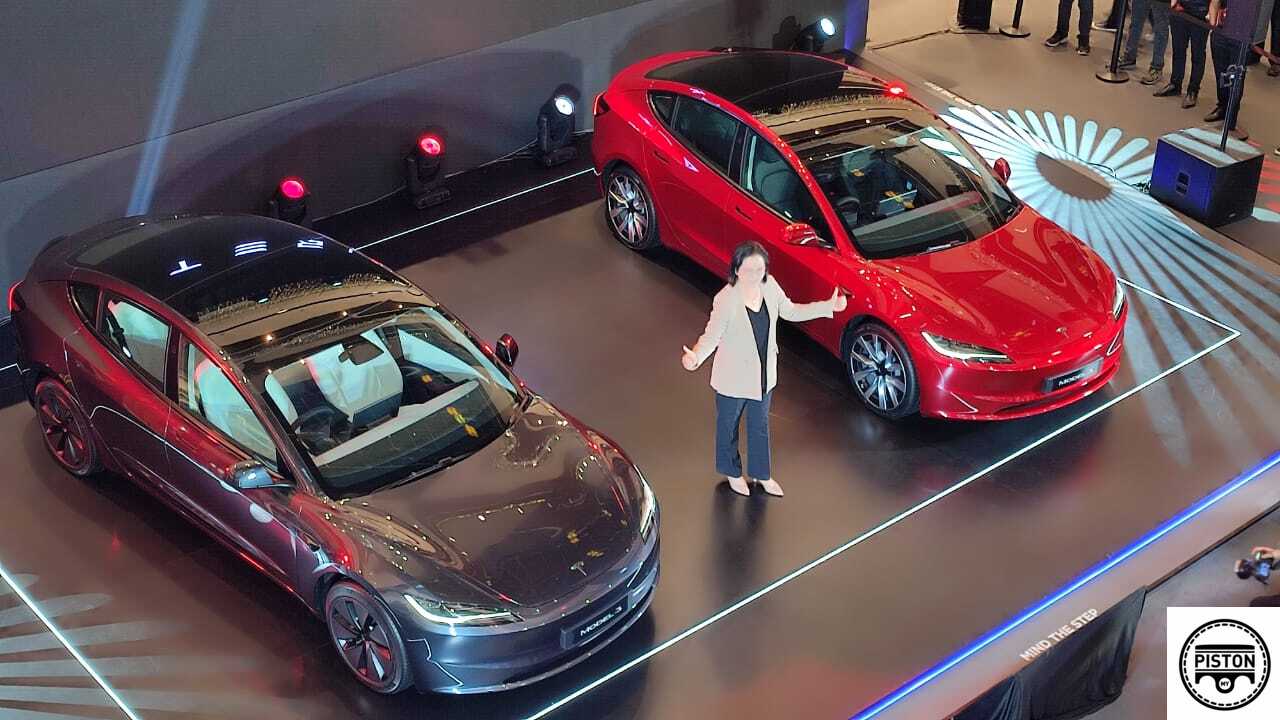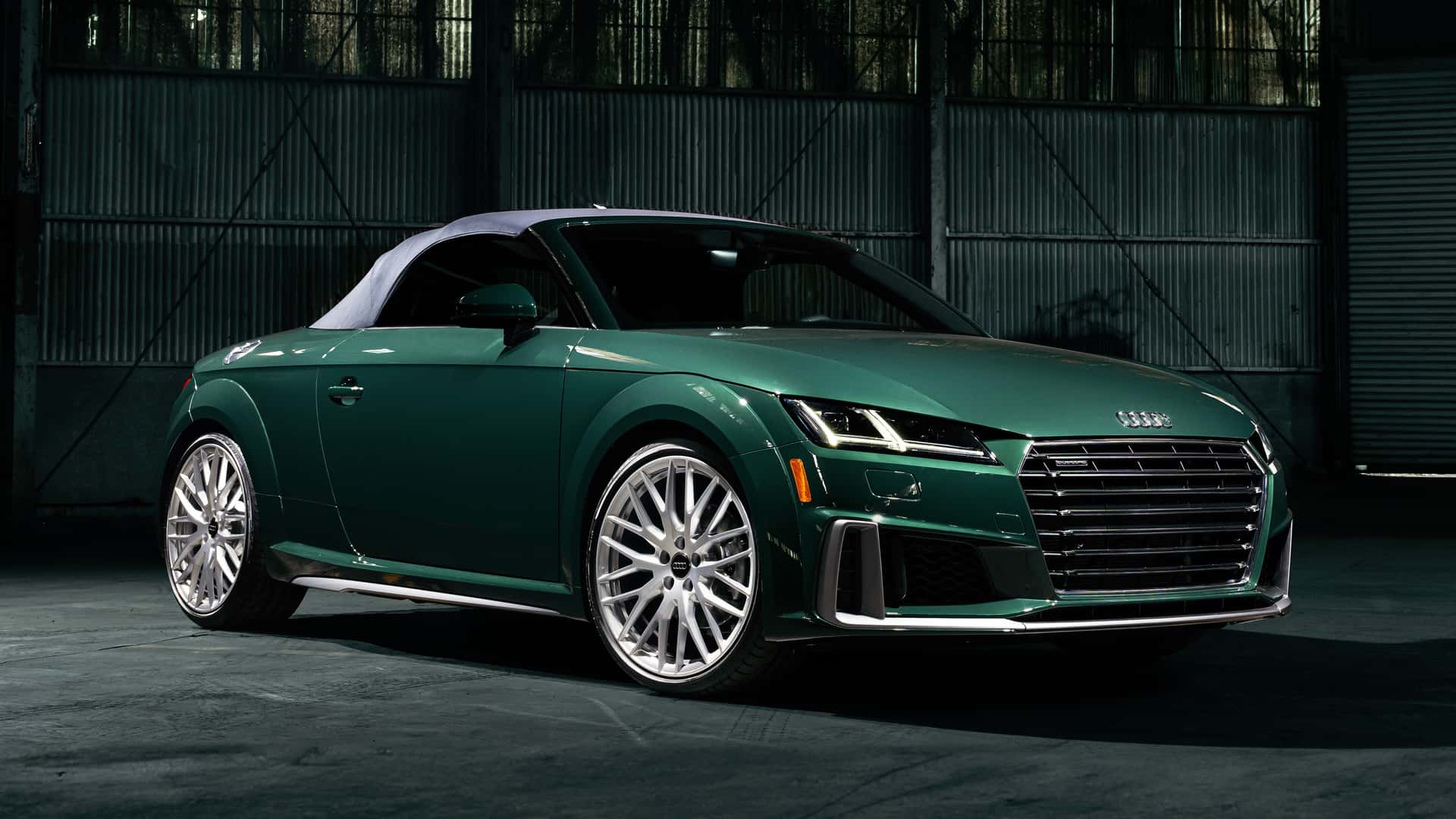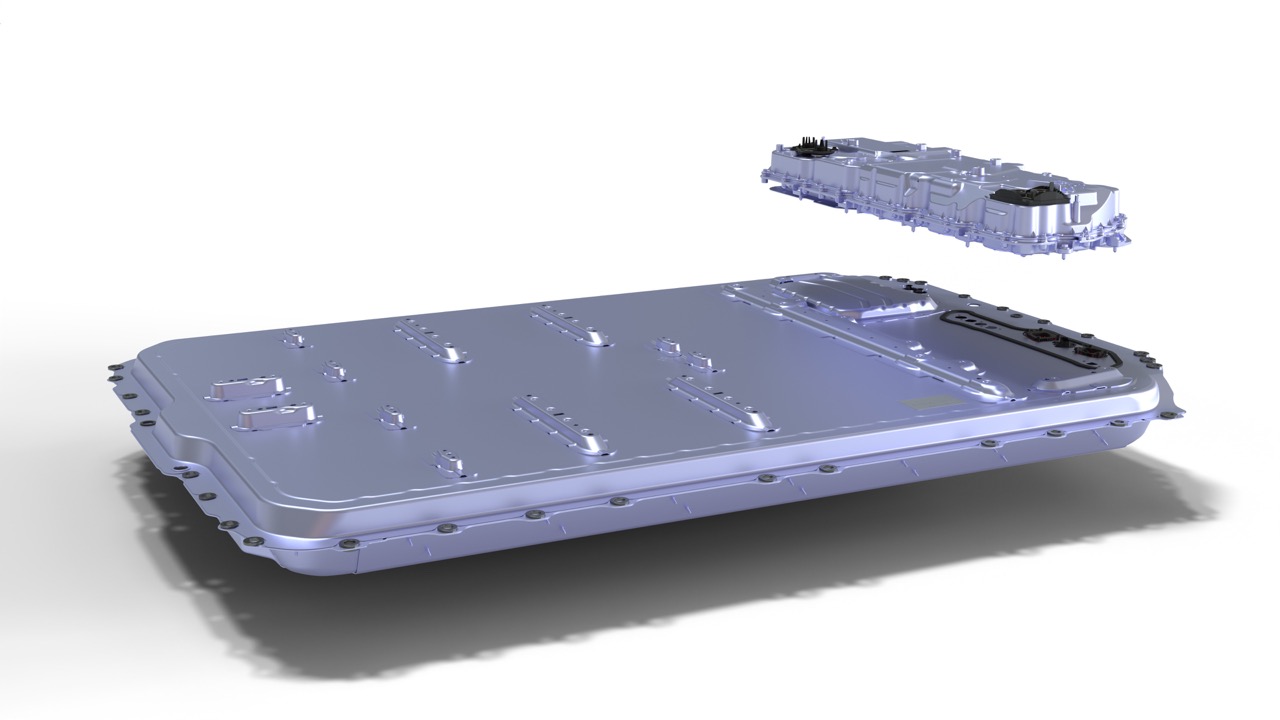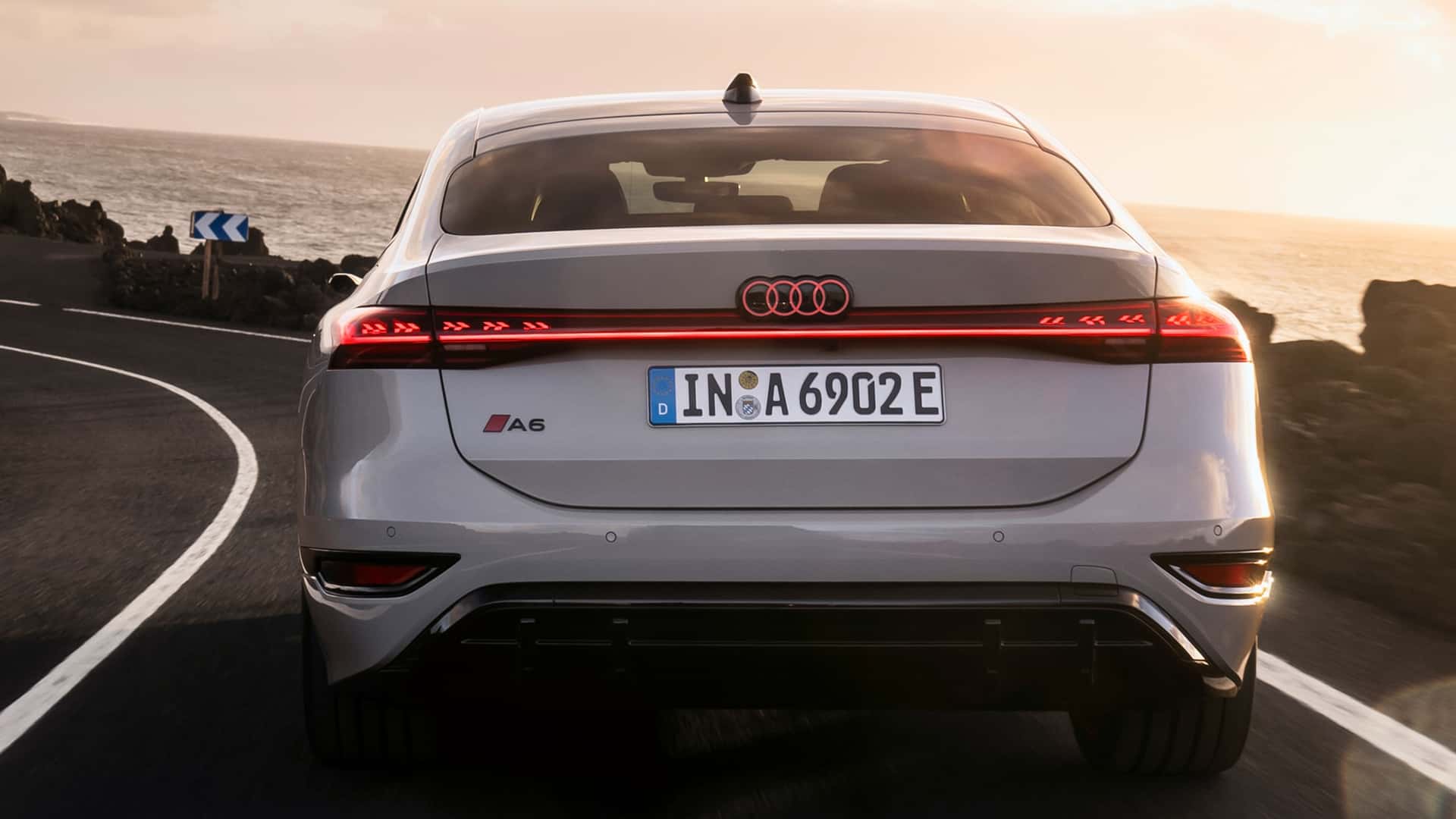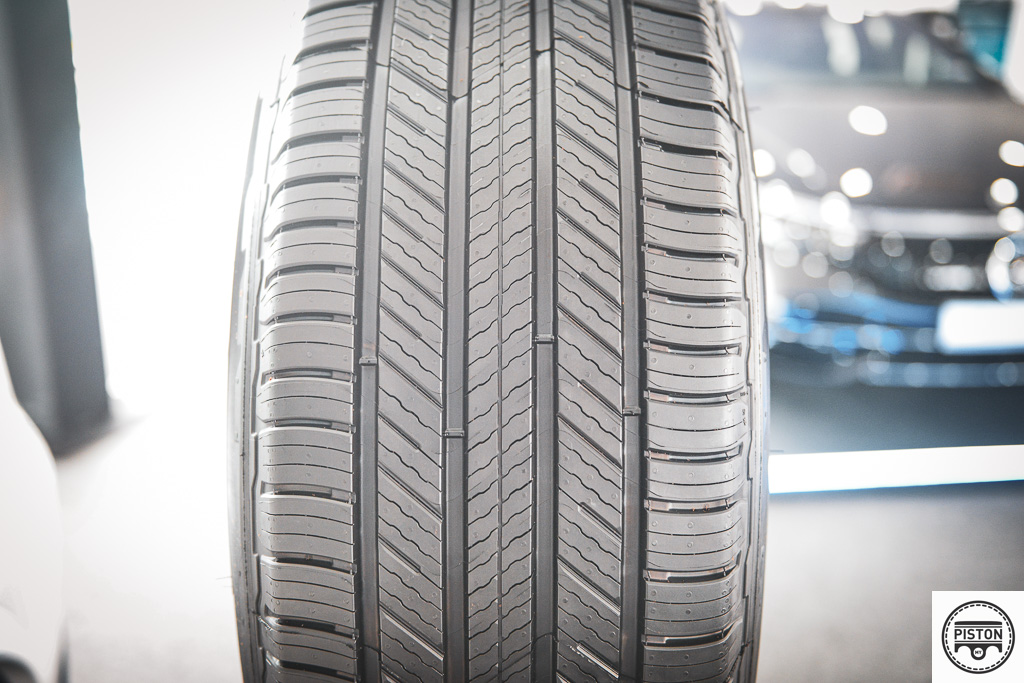Audi has completed its quartet of visionary vehicles with an electric off-roader for the future of road transport with the AI:TRAIL quattro. The 4-seater concept car, which combines automated driving capability with competent off-road capabilities, joins the Aicon, AI:ME, AI:RACE concepts shown earlier.
With the AI:TRAIL, Audi is now opening up the potential applications for its visionary vehicles to include off-road terrain. The car is equipped with 4 electric motors, systems for assisted and automated driving and, of course, quattro permanent all-wheel drive.
There’s more than just the concept of sustainable drive systems and a body line that will run far into the future. The car also embodies an entirely new mobility concept for Audi. Unlike the cars of the present, such vehicles will no longer have to compromise between a wide range of uses and scenarios. Instead, it will be possible to design tomorrow’s cars for much more specific use cases. In the future, customers will be able to order any of these specialist Audi models from an Audi on demand vehicle pool to suit their personal preferences and requirements and to lease them for a limited period.
Technology that’s plain to see
With an exterior length of 4.15 metres and a width of 2.15 metres, the AI:TRAIL’s potential away from paved roads is immediately apparent. The roof height of 1.67 metres and the enormous 22-inch wheels with 850 mm tyres already hint at its superior off-road capabilities. With a ground clearance of an impressive 340 mm, it can drive across water more than half a metre deep.
The cabin itself is an extensively glazed space surrounded by polygonal shapes, with room for up to 4 people. With the electric drive system arranged around the axles and the battery in the floor, there is no need for overhanging sections or separate attachments for the motor or batteries.
Light weight and maximum body stiffness are, of course, important technical objectives for off-roaders in particular. That is why the body of the AI:TRAIL is made of a mixture of high-tech steel, aluminium and carbonfibre. As a result, it weighs just 1,750 kgs despite carrying a high-capacity battery.
Helicopter-style all-round visibility
The windshield wraps around the front of the vehicle like the cockpit of a helicopter. Passengers have an unobstructed view of the road or trail both in front and to the sides. Nor is it just the front and sides that are transparent and covered in glass. Almost the entire roof, from the top of the windshield to the rear spoiler, allows a clear view of the sky and the landscape. Even the vertical Singleframe is glazed, with only the four rings of the badge sitting in their customary position in what is otherwise a glass octagon.
Mobility and multifunctionality are features of the AI:TRAIL’s light sources as well. Instead of conventional headlights, self-contained light sources sit below the A-pillars and can shine both outward and inward. These LED elements are dimmable and adjustable and can be used as interior lighting as well as for lighting the vehicle’s path.
Audi Light Pathfinders
Instead of conventional low beams and high beams, the Audi AI:TRAIL is equipped with a total of five rotorless, triangular, electrically operated drones with integrated matrix LED elements. They are capable of landing on a roof rack or directly on the roof of the vehicle and docking onto the inductive charging elements.
The flying objects are Audi Light Pathfinders, which generate their lift in the same way as bladeless fans produce their air flow. Thanks to their markedly lightweight design, they can fly ahead of the AI:TRAIL, consuming comparably little energy in the process, and illuminate the path ahead, thereby replacing headlights entirely. If desired, the on-board cameras generate a video image that can be transmitted to the display in front of the driver via wifi, turning the Pathfinders into eyes in the sky.
“With the AI:TRAIL, we are showing an off-road concept with an emissions-free electric drive for an innovative driving experience away from paved roads. Consistent with this, we designed a monolithic basic vehicle body with maximum glazing to create an intense connection to the surroundings. A concept for sustainable mobility on demand,” said Marc Lichte, Audi’s Head of Design.




